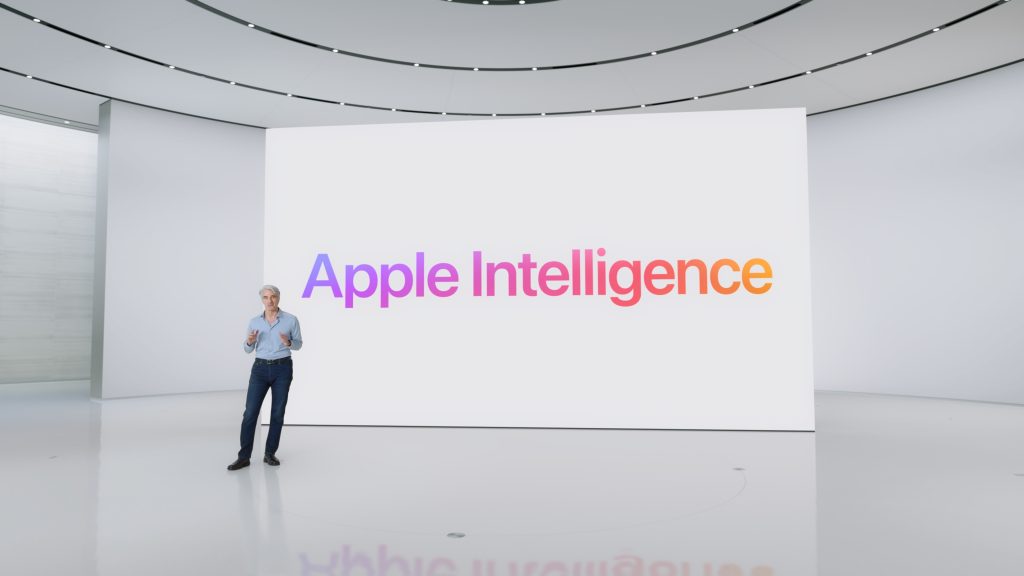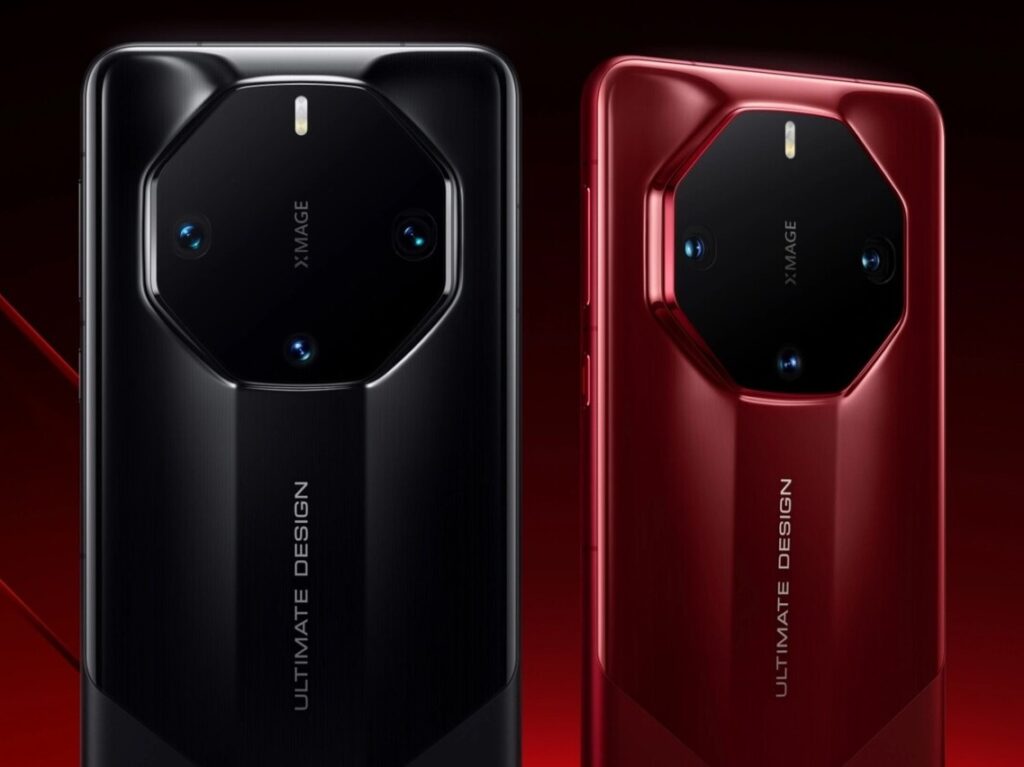Apple Puts Money on the Table to Catch Up in AI Race, CEO Tim Cook Signals
Apple CEO Tim Cook has announced a significant strategic shift, signalling the company is ready to increase spending on artificial intelligence (AI) and data centres, and is open to making larger acquisitions to catch up with rivals. This departure from the company’s historically frugal approach to mergers and acquisitions comes as the company seeks to accelerate its AI roadmap and compete with the substantial investments made by companies like Microsoft and Google.

During a recent conference call, Cook stated that Apple is “very open to M&A that accelerates our roadmap” and is “not stuck on a certain size company,” a notable change from the company’s past focus on smaller, highly specialised acquisitions. While the company has already acquired seven smaller companies this year, these comments suggest the tech giant is prepared to pursue a more transformative deal to bolster its AI capabilities.
The push for increased AI investment is driven by a need to keep pace with competitors and address a potential threat to Apple’s business model. As other tech companies have attracted hundreds of millions of users to their AI-powered chatbots, Apple’s own AI efforts, including improvements to its virtual assistant Siri, have faced delays. The company has also been reportedly considering how to reshape its Safari browser with AI-powered search functions, a move that could serve as a hedge against the potential unravelling of its multi-billion-dollar search deal with Google.
In a further sign of its commitment, Apple’s Chief Financial Officer Kevan Parekh confirmed that the company plans to “substantially” grow its spending on data centres. While Apple has traditionally relied on outside providers and spent only a few billion dollars per year in this area, the new investments will be directed toward building infrastructure that supports Apple’s AI with a focus on privacy. This aligns with the company’s use of its own chip designs to handle AI requests with privacy controls that are compatible with its devices.



